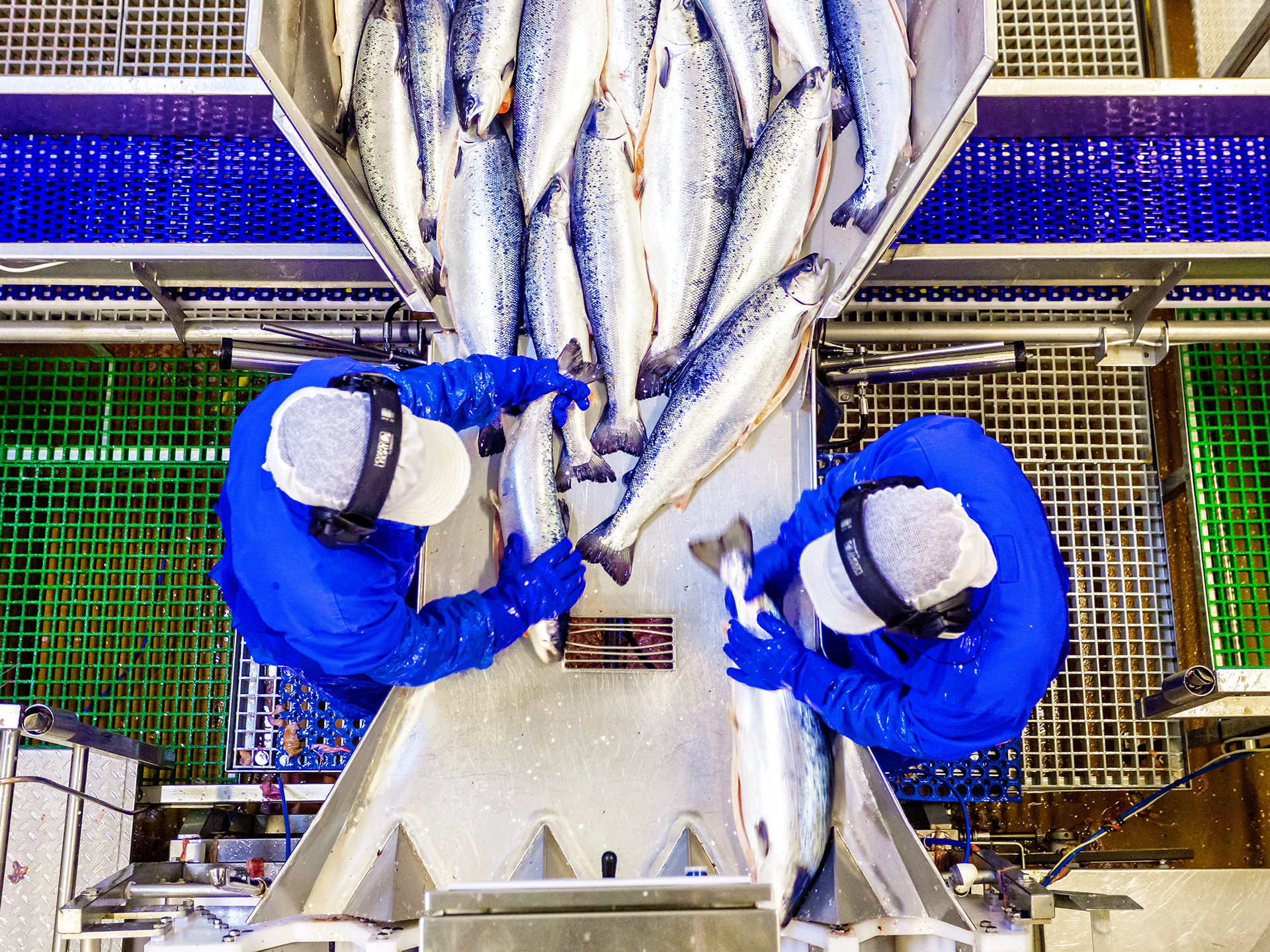Oil and oil service have seen an impressive development so far, up close to 30 per cent. Our largest holding, TGS, has led the way with an increase of 50 per cent. There is an ever increasing consumption of oil, and oil inventories are declining. The oil price decline three years ago, with subsequent reductions in the oil exploration and production companies' investment budgets, now emerges as a cyclical downturn which will be replaced by a cyclical upswing. TGS has invested heavily in seismic data throughout the downturn, and revenues during Q1 were already double what they were a couple of years back. When the oil companies now increase their operating expenses, it is only natural to assume that TGS will increase sales even more.
Our seafood holdings have returned between 30 and 50 per cent so far this year, driven by a strong demand for salmon and a somewhat lower supply growth than initially anticipated. This has increased prices. Our largest seafood holding is Lerøy Seafood Group, which we find to be moderately priced. Lerøy is one of Norway's leading exporters of seafood. In addition to fish farming, the company has a comprehensive business in white fish catch plus processing and sale of own labels worldwide. Lerøy has seen a rapid development and invests billions every year in domestic smolt facilities and automated slaughterhouses, as well as production lines close to markets on the continent. This is nothing new for Lerøy; the company has had an incredible development the 13 years we have been invested with it, increasing revenues fivefold.

Among the heavyweights which have contributed negatively this year we find Wilh. Wilhelmsen Holding and Yara. Wilh. Wilhelmsen struggles with a sluggish market, and reported disappointing results during its first quarter. Increased focus on a possible trade war is also a concern weighing on the shoulders of the world's largest logistics company within rolling cargo. Yara is struggling with the most difficult fertiliser market in over a decade, in addition to relatively high European gas prices.
A common denominator for Yara and Wilh. Wilhelmsen is clear signs of tightening markets. We are pleased that these companies, in addition to TGS, have used this trough to build increased capacity and competitiveness. The shares of our banks are practically flat so far this year; the return pretty much equals the dividend of about five per cent. Swedish banks have declined on fear of pressure on attractive loan margins combined with increased capital requirements, which during the spring dampened expectations for our portfolio banks as well. We note that the Norwegian capital requirements are already fairly stringent, and that loan margins in Norway are considerably lower than in Sweden. Hence, Norwegian banks are well equipped to withstand the negative impulses that have influenced the Swedish market.
The revenues of the regional banks from capital light products are good and show satisfactory growth. A couple of important events during the second quarter confirmed this and contributed to easing the worries during the spring: The property/casualty insurance unit of the regional banks is merging with DNB's insurance unit with an exchange ratio of 80/20. The merger of Vipps, BankID and BankAxept was accepted by the competition authorities, which gives a great opportunity to continue the development of a world leading Norwegian platform within mobile payments. This is important in order to secure revenue sources from this business area in the future.
Our portfolio is fairly priced. You now pay 1.1 times the book value of equity and 12 times the companies aggregated revenues for 2018 and 10 times next years expected revenues. This is at the low end in a historic context for this portfolio. The combination of low pricing and increasing return on equity towards 2020 makes us convinced that this portfolio has a high long-term margin of safety.
Pareto Aksje Norge A had a return of 1.8% in June and 9.7% on average for the past 5 years as per 06/30/2018.
Historical returns are no guarantee for future returns. Future returns will depend, inter alia, on, market developments, the portfolio manager's skill, the fund's risk profile, as well as fees for subscription, management and redemption. Returns may become negative as a result of negative price developments.
Read the latest fund update
- Pareto Aksje Norge A
- Pareto Aksje Norge B
- Pareto Aksje Norge C
- Pareto Aksje Norge D
- Pareto Aksje Norge I



